Resources

Using yeast endosymbiosis to understand eukaryogenesis
How we used yeast and E. coli to see endosymbiosis in action Introduction Eukaryota are a wide-spanning domain of life that includes animals such as us, fungi and plants. They are distinct from Bacteria and Archaea as they contain membrane-enclosed organelles such as the nucleus which stores a cell’s DNA. Understanding Eukaryogenesis (how Eukaryota emerged […]
Read More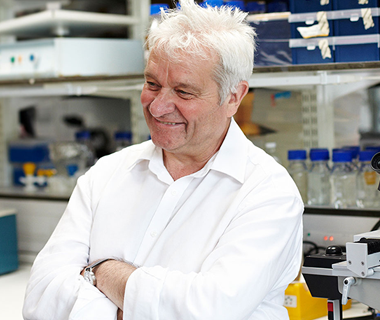
Transforming society through yeast genetics
Case Study: Paul Nurse, Francis Crick Institute On the whole, society is pretty positive about science. If you look at any of the surveys you will find the figures show 70 to 80% of people are in favour of science and of scientists. And if you compare that with say politicians or lawyers it’s down […]
Read More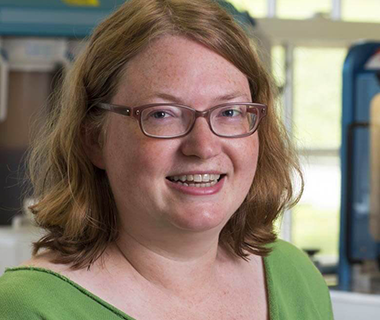
Discovering the power of yeast
Case Study Maitreya Dunham – Cold Spring Harbor Yeast Genetics & Genomics Course I really enjoy science because of the element of discovery and creativity that goes into it. There is nothing more exciting than finally figuring something out or having a good idea and then going to see if it will work or not. […]
Read More
Inventing the engine for understanding biological networks
Inventing the engine for understanding biological networks University of Toronto My major motivation in life and science is exploration. Canoeing, snowboarding and fly fishing where no one has before, going somewhere new, that is what drives me. I think our lab has done two things that are really interesting. Firstly we figured out what thymine […]
Read More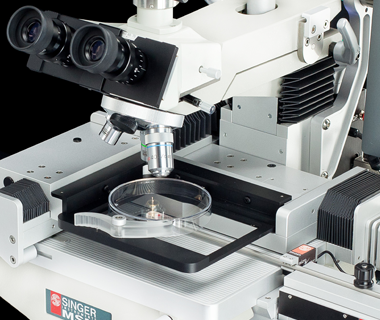
Yeast Tetrad Dissection
Jay YangSinger Instruments, Roadwater, Somerset, UK, TA23 0RE Summary Tetrad dissection is a vital tool for yeast geneticists. It is a method by which sporulating yeast cells are teased apart, and the individual cells isolated. Specially designed micromanipulation tools are used to carefully separate the cells of interest, which are then transferred to a new […]
Read More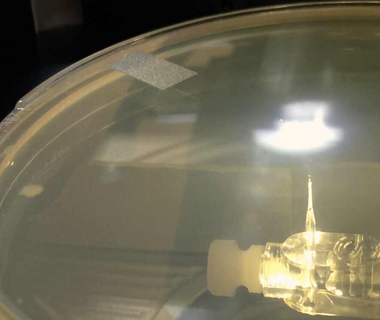
Single Cell Screening
Jan SingerSinger Instruments, Roadwater, Somerset, UK, TA23 0RE Summary Single-cell screening often involves using a microscope to view the morphology or growth patterns of individual cells when certain nutrients are removed or chemicals/drugs are introduced. It is an essential tool to determine how microorganisms function. Historically, this form of microscopy has been fraught with difficulties. […]
Read More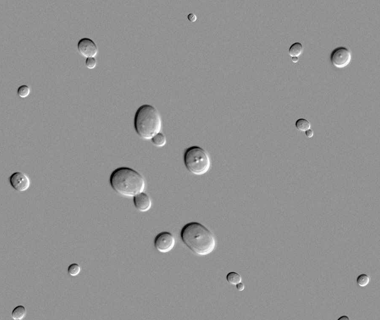
Age Analysis
Replicative Lifespan Analysis Jan SingerSinger Instruments, Roadwater, Somerset, UK, TA23 0RE Replicative lifespan (RLS) analysis is a vital tool for yeast geneticists interested in ageing studies. The replicative lifespan of a yeast cell refers to the number of daughter cells one mother cell can produce before becoming senescent. To do this a virgin mother cell […]
Read More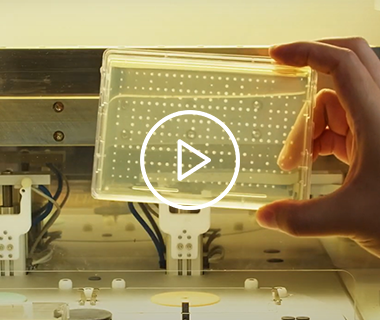
High Throughput Population Genomics – ROTOR+ PIXL
Read More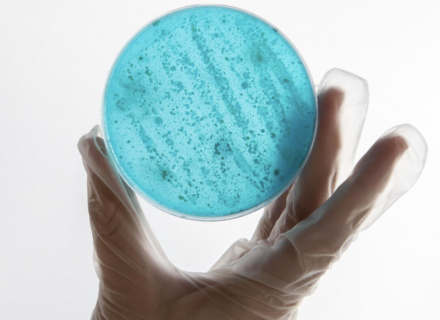
Designer chromosome synthesis with the help of PIXL
The Yeast 2.0 Project The Cai lab is at the forefront of synthetic genomics, DNA synthesis automation, and applying synthetic biology approaches to antimicrobial drug discovery and designer chromosome synthesis. Most notably, they are one of the teams tackling the Sc2.0 project, an ambitious, global effort to re-design and synthesise an entire yeast genome. Professor Patrick […]
Read More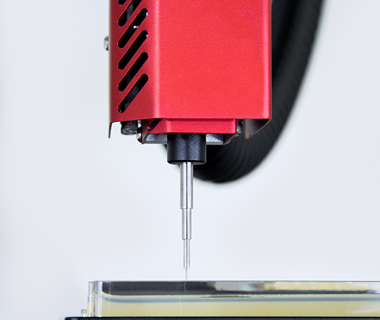
PIXL Efficiency Report: Agar-Agar
Tom Drake, Singer Instruments, Roadwater, UK. Introduction Colony picking is a vital part of many standard laboratory workflows. With higher throughputs, laboratories now consider automation to standardise this task. Colony pickers are required to consistently produce viable results, whilst tracking their actions for repeatability. This research investigates the efficiency of PIXL; a measure of the […]
Read More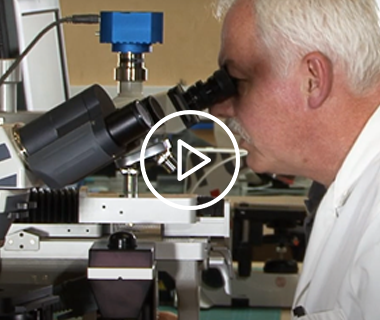
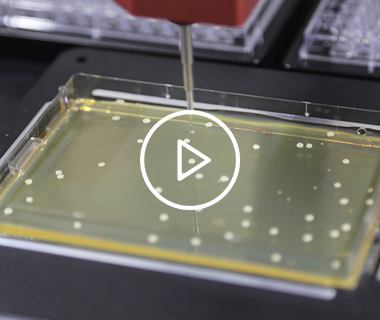
How to Grow Yeast
Your step-by-step guide 15/03/2018 Introduction Here we will show you some quick easy ways to grow yeast in the lab. Yeast is one of the simplest eukaryotic organisms with which we share a common ancestor (albeit over a billion years ago) meaning yeast cells share many basic properties with our own cells. They also come […]
Read MoreCitations
Pervasive function and evidence for selection across standing genetic variation in S. cerevisiae
Read MoreDiverse mechanisms of metaeffector activity in an intracellular bacterial pathogen, Legionella pneumophila
Read MoreEnhanced yeast one-hybrid (eY1H) assays for high-throughput gene-centered regulatory network mapping
Read MoreHigh-throughput transformation of Saccharomyces cerevisiae using liquid handling robots
Read MoreSingle-Cell Based Quantitative Assay of Chromosome Transmission Fidelity
Read MoreA Conserved Endoplasmic Reticulum Membrane Protein Complex (EMC) Facilitates Phospholipid Transfer from the ER to Mitochondria
Read MoreThe cell polarity proteins Boi1p and Boi2p stimulate vesicle fusion at the plasma membrane of yeast cells
Read MoreThe Hidden Complexity of Mendelian Traits across Natural Yeast Populations
Read MoreDecoding the chromatin proteome of a single genomic locus by DNA sequencing
Read MoreThe regulatable MAL32 promoter in Saccharomyces cerevisiae: characteristics and tools to facilitate its use
Read MoreVariation of the meiotic recombination landscape and properties over a broad evolutionary distance in yeasts
Read MoreGenetic variation and expression changes associated with molybdate resistance from a glutathione producing wine strain of Saccharomyces cerevisiae
Read MoreIncomplete proteasomal degradation of green fluorescent proteins in the context of tandem fluorescent protein timers
Read MoreGenetics of single-cell protein abundance variation in large yeast populations
Read MoreiML1515, a knowledgebase that computes Escherichia coli traits
Read MoreRewiring the Budding Yeast Proteome using Synthetic Physical Interactions
Read MoreThe effect of acetaminophen on ubiquitin homeostasis in Saccharomyces cerevisiae
Read MoreFusion, fission, and transport control asymmetric inheritance of mitochondria and protein aggregates
Read MoreMonitoring yeast mitochondria with peroxiredoxin-based redox probes: the influence of oxygen and glucose availability
Read MorePHENOS: a high-throughput and flexible tool for microorganism growth phenotyping on solid media
Read MoreDirect screening for chromatin status on DNA barcodes in yeast delineates the regulome of H3K79 methylation by Dot1
Read MoreDomestication and Divergence of Saccharomyces cerevisiae Beer Yeasts
Read MoreA method for high‐throughput production of sequence‐verified DNA libraries and strain collections
Read MoreEngineering evolution to study speciation in yeasts
Read MoreReplication Protein A Is Required for Meiotic Recombination in Saccharomyces cerevisia
Read MoreIme1 and Ime2 are required for pseudohyphal growth of Saccharomyces cerevisiae on nonfermentable carbon sources
Read MoreThe cotton ATP synthase δ1 subunit is required to maintain a higher ATP/ADP ratio that facilitates rapid fibre cell elongation
Read MoreSulfate assimilation mediates tellurite reduction and toxicity in Saccharomyces cerevisiae
Read MoreMeiotic recombination at the ends of chromosomes in Saccharomyces cerevisiae
Read MoreAccelerated aging and failure to segregate damaged proteins in Sir2 mutants can be suppressed by overproducing the protein aggregation-remodeling factor Hsp104p
Read MoreEvidence for mitotic recombination within the basidia of a hybrid cross of Cryptococcus neoformans
Read MorePreferential protection of protein interaction network hubs in yeast: evolved functionality of genetic redundancy
Read MoreEvaluation of different genetic procedures for the generation of artificial hybrids in Saccharomyces genus for winemaking
Read MoreHuman RFT1 deficiency leads to a disorder of N-linked glycosylation
Read More